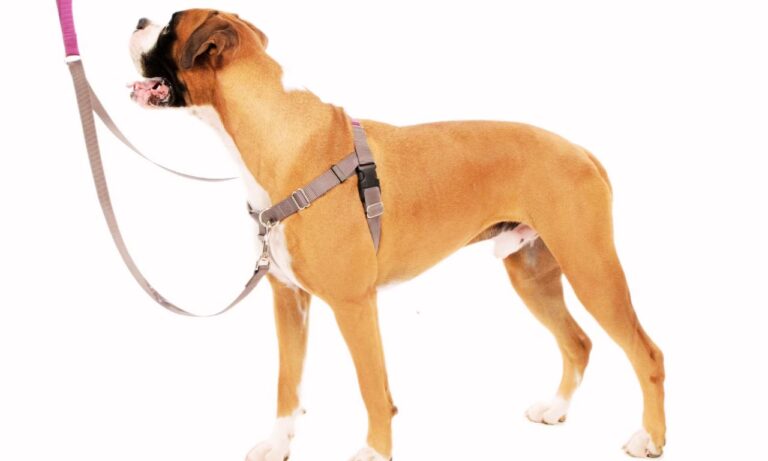The Belgian Malinois is a breed that commands attention with its exceptional intelligence, agility, and work ethic. Often seen in police and military roles, it has gained a reputation as a reliable and fearless working dog. However, despite these impressive qualities, owning a Belgian Malinois is not a decision to take lightly. So, why not to get a belgian malinois?
While they are incredible dogs, they come with specific challenges that may not be suitable for every household. For those considering adding a Belgian Malinois to their family, it’s important to understand why this breed may not be the best fit for all dog owners.
Belgian Malinois are known for being extremely high-energy, hyper-intelligent, and demanding. These traits, combined with their strong herding instincts and need for constant mental stimulation, can make them challenging to manage, especially for first-time dog owners or those with a more laid-back lifestyle.
This article will dive deep into the reasons why the Belgian Malinois may not be the right breed for everyone, from their intense physical needs to the challenges of training and maintaining proper behavior. For guidance on choosing the right collar size for an Airedale puppy, check out this detailed guide.
Blog Highlights
ToggleWhy Not to Get a Belgian Malinois | The Energy Levels of a Belgian Malinois
One of the most defining characteristics of the Belgian Malinois is its high energy. This breed was developed for herding and working tasks, so it is built for physical activity and mental challenges. Belgian Malinois are not the type of dog that will be content with short walks around the block or spending most of the day lounging on the couch.
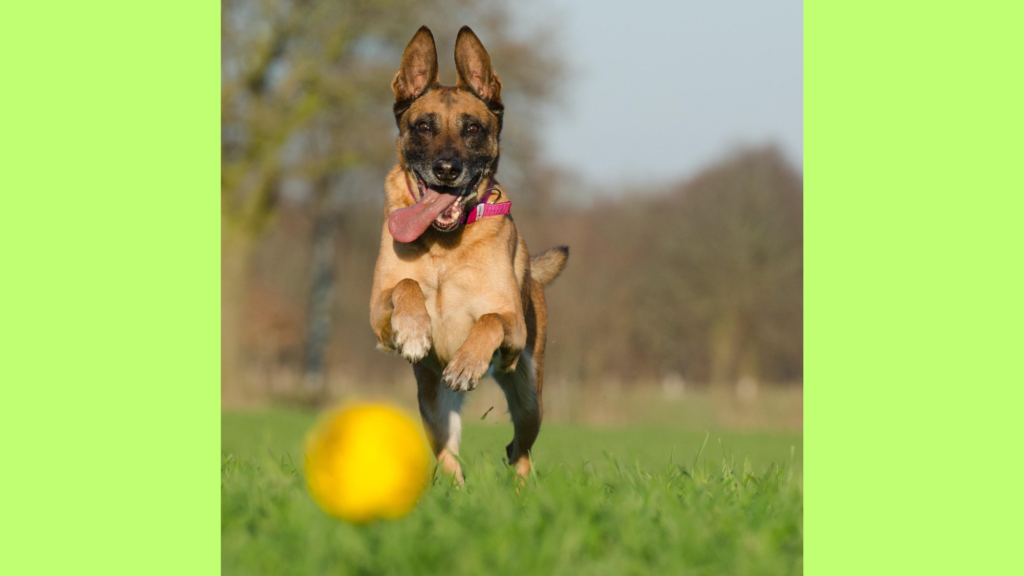
They require a significant amount of exercise—ideally 1.5 to 2 hours of physical activity per day. This includes running, playing fetch, and participating in more rigorous activities such as agility training or working dog exercises.
If the Malinois doesn’t get enough exercise, it can become bored and destructive. Digging, chewing on furniture, and excessive barking are common behaviors in dogs that are not mentally and physically stimulated.
This breed’s high energy means that if you are someone with a sedentary lifestyle or if you cannot commit to the amount of physical exercise they need, a Belgian Malinois may not be the right fit.
In contrast to other breeds that can settle into a more relaxed routine, the Belgian Malinois thrives on consistent activity. Without it, they may turn to negative behaviors like escape artistry, finding ways to break free from fences or enclosures.
If you don’t have the time to devote to their exercise needs, the breed’s energy will soon turn into frustration, which can lead to an unpleasant living situation. For insights on whether Airedales are good off-leash, explore this comprehensive article.
The Need for Constant Mental Stimulation
In addition to their physical needs, the Belgian Malinois is a breed that requires constant mental stimulation. This breed is incredibly intelligent, known for its ability to learn new commands and tasks quickly.
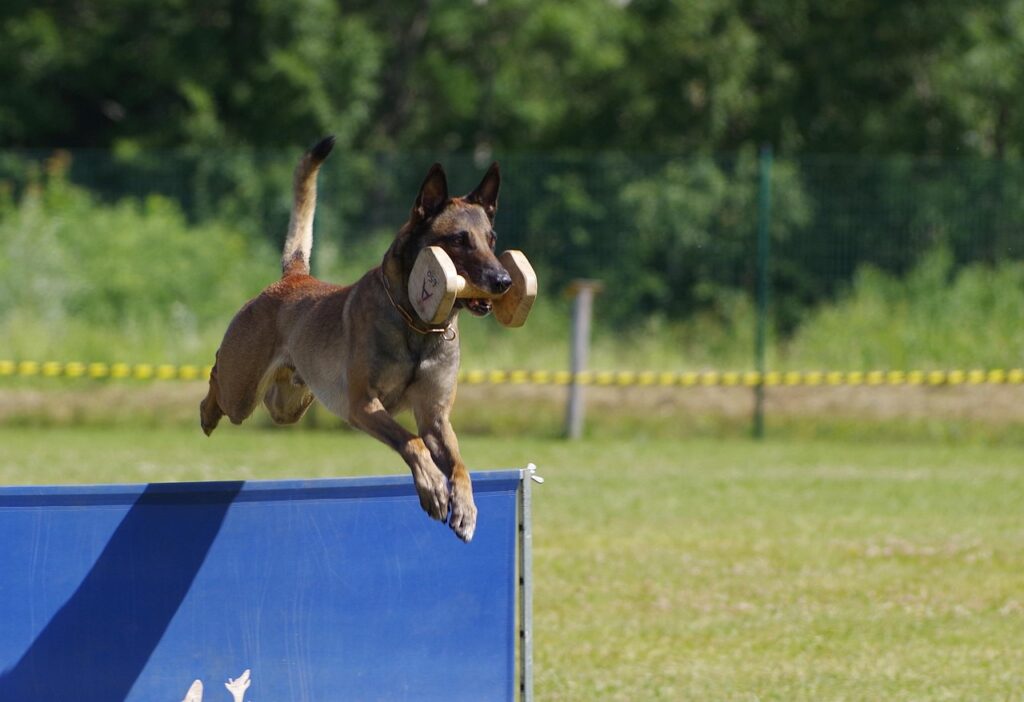
However, that same intelligence comes with a need for mental engagement. Without proper outlets for their intellect, Belgian Malinois can become bored, which can lead to undesirable behaviors like obsessive-compulsive actions or an increase in destructive tendencies.
If a Belgian Malinois doesn’t have enough mental challenges, it can become a significant problem. Their need for mental stimulation is often seen in working dog roles like police work, military tasks, or search and rescue, where their problem-solving skills are put to the test.
As a family pet, however, the average household may not provide enough challenges for their active minds. Belgian Malinois need activities like obedience training, advanced tricks, interactive puzzle toys, or agility exercises to stay mentally sharp.
If you are someone who is looking for a dog that will be content with simply lounging around the house, this breed may not be the best fit. A Belgian Malinois requires a high level of interaction and engagement from its owner, and if it does not receive it, you might find that the dog engages in destructive behavior out of boredom.
Discover the benefits of using a harness by reading this guide on should a Collie wear a harness.
The Challenge of Training a Belgian Malinois
While the Belgian Malinois is undoubtedly an intelligent breed, it is also known for being highly independent and strong-willed. This can make training a challenge, especially for first-time dog owners. While the breed is often responsive to positive reinforcement techniques, they can be stubborn, and if not trained consistently and effectively from a young age, they can become unruly.
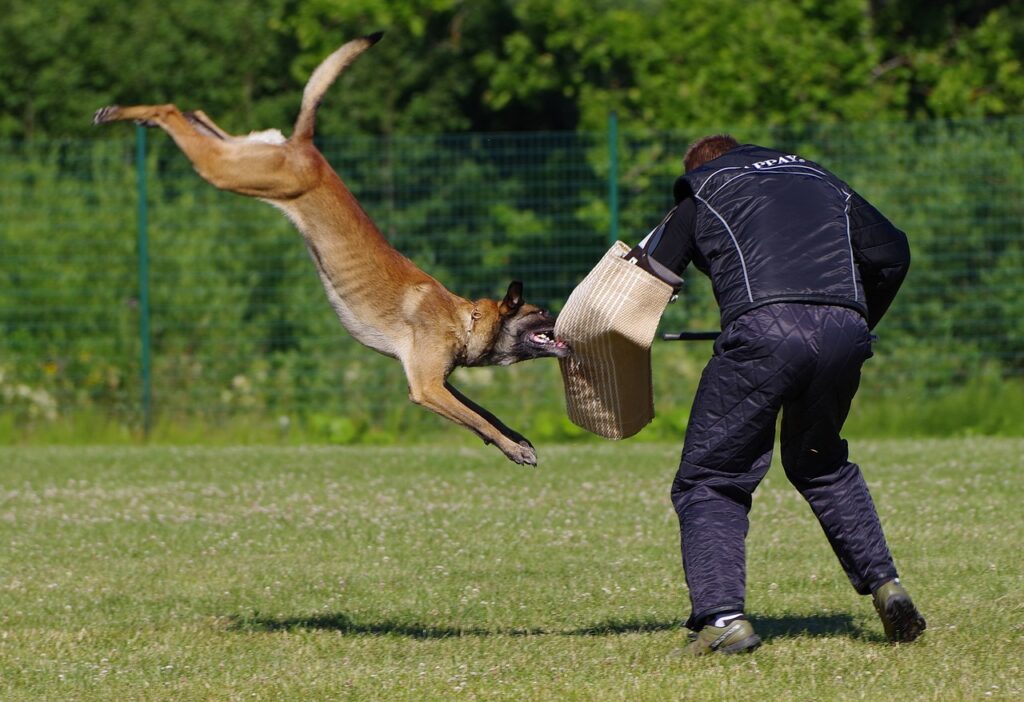
Training a Belgian Malinois requires patience, consistency, and a solid understanding of dog behavior. This breed’s desire to think for itself can sometimes make it more difficult to control than breeds that are more eager to please.
Belgian Malinois are also sensitive to harsh training methods, so using negative reinforcement or forceful training tactics can backfire. If the training process isn’t well-managed, you may find yourself struggling to get the dog to follow commands or exhibiting behavioral issues like nipping, excessive barking, or even aggressive tendencies.
For an experienced dog owner, training a Belgian Malinois can be a fulfilling challenge, but for someone who doesn’t have the time, experience, or energy to commit to a dog that requires constant guidance, this breed might prove too difficult.
The combination of a strong drive to work and an independent streak makes training more of an ongoing commitment rather than a one-time task. Learn if Dachshunds need special collars to provide the right support and comfort for their unique body shape.
The Need for Socialization and Behavioral Management
Belgian Malinois are naturally territorial and have strong guarding instincts. While this makes them excellent watchdogs, it also means that they can be suspicious of strangers and other animals, especially if not properly socialized.
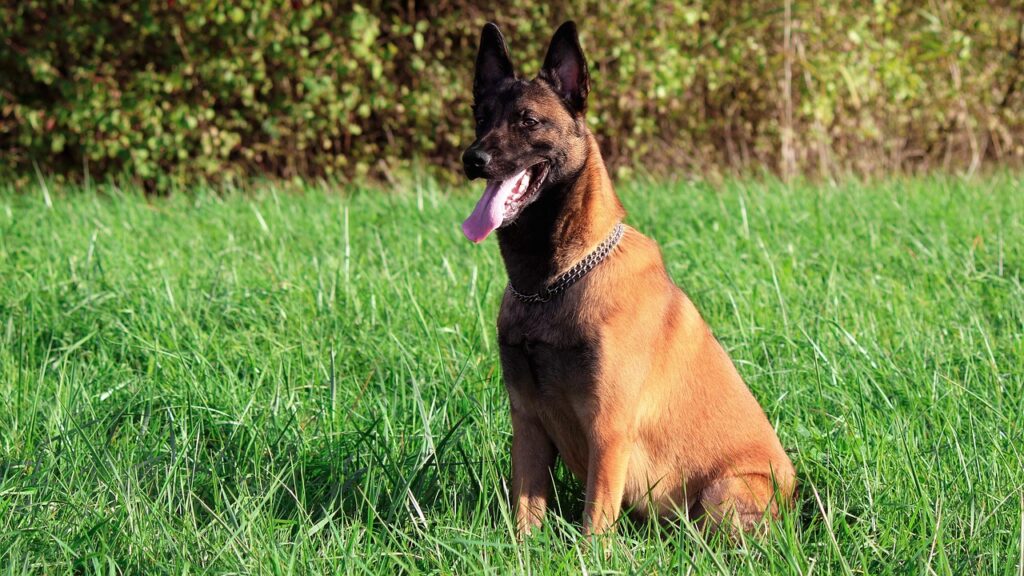
If not exposed to various people, pets, and environments from a young age, a Belgian Malinois can develop fear-based aggression or resource guarding. This behavior can be dangerous, particularly in households with children, other pets, or frequent visitors.
Socializing a Belgian Malinois from an early age is essential to prevent these issues. However, this requires a great deal of time and effort on the owner’s part. Regular exposure to different situations and people is necessary to ensure that the dog grows up to be well-adjusted and confident. If you’re someone who does not have the resources or the time to dedicate to proper socialization, the breed may not be the best choice for your home.
The Belgian Malinois’s natural tendencies, combined with its intelligence and energy, mean that without proper behavioral management, it can quickly develop problems in terms of aggression and anxiety. Therefore, owners must be committed to early training and continuous behavior reinforcement to ensure the dog’s temperament remains balanced and safe.
Discover what size collar is best for a French Bulldog puppy to ensure both safety and comfort during their growing stages.
Health Issues and Maintenance
While the Belgian Malinois is generally a healthy breed, there are certain health concerns that potential owners should be aware of. Like many purebred dogs, the breed can be susceptible to genetic health issues, including:
- Hip dysplasia: A common issue in many large dog breeds, hip dysplasia involves a malformation of the hip joint that can lead to arthritis and mobility problems.
- Elbow dysplasia: This condition affects the elbow joint and can result in pain and limited movement.
- Progressive retinal atrophy (PRA): A degenerative eye disease that can lead to blindness.
- Epilepsy: Seizures can sometimes occur in Belgian Malinois, requiring long-term management.
Additionally, while the Belgian Malinois is relatively low-maintenance in terms of grooming, they still shed regularly and require consistent care. Their short coat requires brushing at least once a week to remove loose hairs, and their nails must be trimmed regularly.
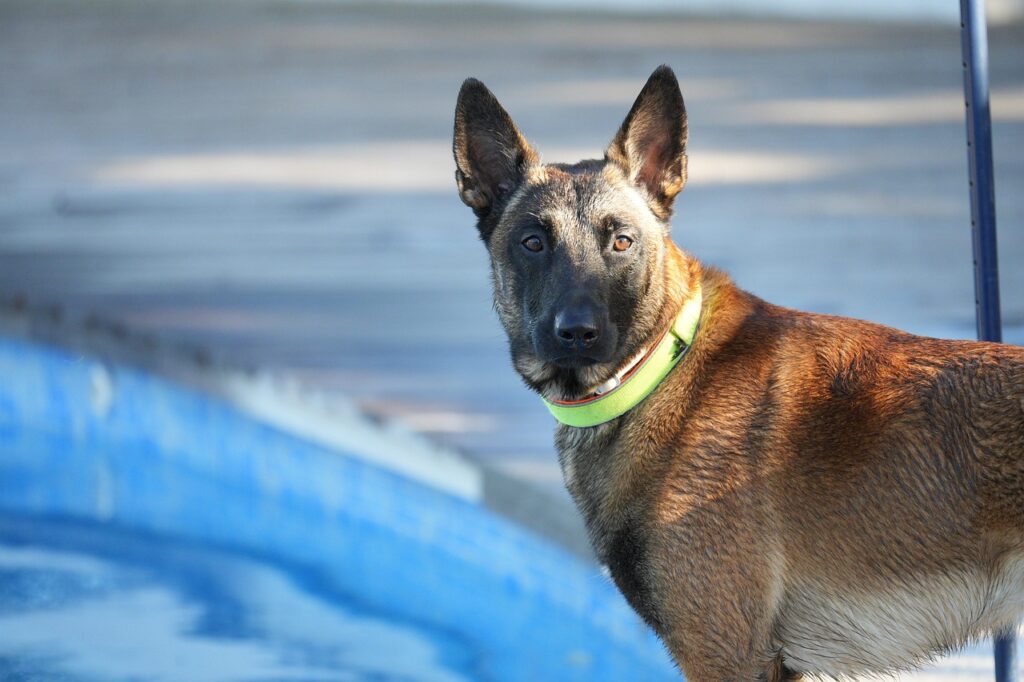
Moreover, the breed’s ears need to be checked frequently for signs of infection, especially given their active lifestyle and tendency to get dirty while working or playing.
For potential owners, it’s important to be prepared for the possibility of vet visits and to budget for potential health concerns that may arise, particularly as the dog ages. Keeping a Belgian Malinois healthy requires a combination of exercise, diet, and regular veterinary care.
Understand if French Bulldogs can wear dog collars and how it affects their neck structure and overall health.
The Need for a Committed, Experienced Owner
Ultimately, the Belgian Malinois is a dog that requires a committed and experienced owner. This breed is not for the casual dog owner or someone looking for a low-maintenance companion. They are highly intelligent, high-energy, and can be difficult to train without proper experience.
If you are considering bringing a Belgian Malinois into your home, you need to be fully aware of the time, effort, and dedication required to ensure its well-being. The breed’s energy, intelligence, and guarding instincts make it an excellent working dog, but they also make it a breed that requires an experienced handler.
Final Thoughts
While the Belgian Malinois is a remarkable breed known for its intelligence, agility, and devotion, it is not a breed suited to everyone. The high energy, mental stimulation needs, and training challenges require an owner who is committed, experienced, and ready to dedicate the time and effort necessary to meet these demands.
Additionally, the breed’s natural instincts, including territorial behaviors and the need for proper socialization, require careful management. Explore the best dog collars for French Bulldogs to keep them comfortable while ensuring durability and style.
If you are an experienced dog owner who has the time and energy to invest in a highly active and intelligent dog, the Belgian Malinois can be an incredibly rewarding companion. However, if you are a first-time dog owner or someone with a more laid-back lifestyle, this breed may prove to be more challenging than you’re prepared to handle.
For these reasons, it is important to carefully evaluate your ability to meet the needs of a Belgian Malinois before making the decision to bring one into your home. Hope so, now you know why not to get a belgian malinois.


